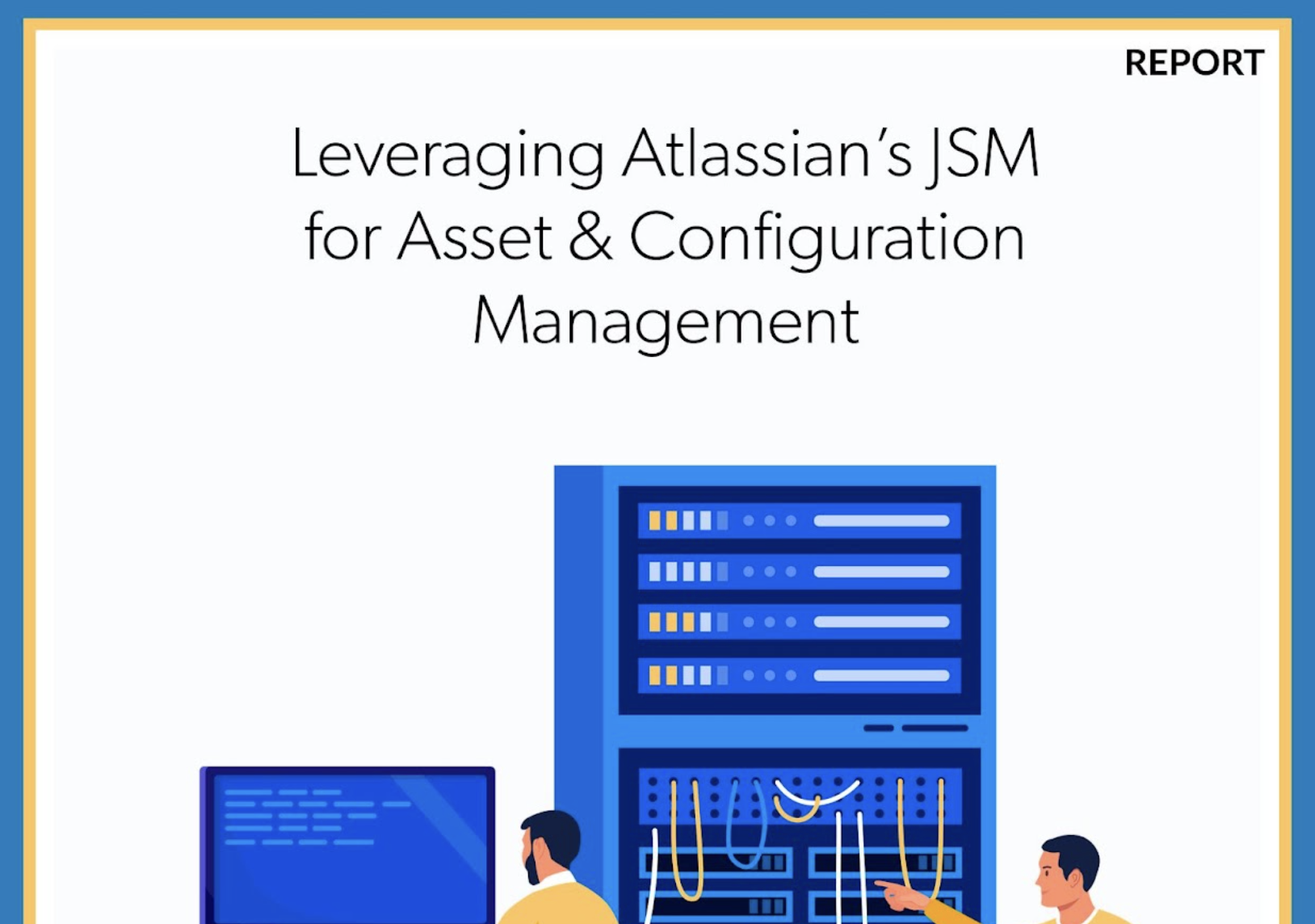While the concepts of asset management and configuration management are related to one another, they are unique, each focusing on a different set of practices. Both asset and configuration management fall under the service management practices of the widely used Information Technology Infrastructure Library (ITIL) framework, currently version 4. In the 20+ years since ITIL was created, more than three million people hold some type of ITIL certificate. And ITIL 4 now provides a strong, unified, value-focused direction for the organization.
ITIL’s Asset Management practice ensures that an organization’s tangible and intangible assets are tracked, maintained, up to date, and adequately retired when their life cycle is complete. The primary purposes of asset management are to follow the financial value of each of an organization’s assets and help decide when to upgrade or dispose of an asset when it depreciates.
ITIL’s Configuration Management practice is similar in that it involves registering and tracking the details of an asset or configuration item. But configuration management aims to help identify the potential impact of changing a configuration item on its dependents by defining the details and relationships between assets. Configuration
management is now a critical factor in an organization’s IT security practices. Having outdated or down-rev software or hardware can leave an organization vulnerable to attack.
Additionally, a well-defined and updated asset/configuration management practice becomes crucial for performing a cost-effective impact analysis when an organization seeks to change a configuration. And configuration management also assists in controlling and maintaining assets in their desired form and state.
The sophisticated components in today’s tech stacks of distributed computing systems, bring-your-own-device (BYOD) policies, and sophisticated network devices and storage solutions can make defining and maintaining assets
and their configuration details challenging. Fortunately, Atlassian’s Jira Service Management (JSM) can help!
In this article, you learn:
● How asset management and configuration management factor into an organization’s ITSM practices
● How asset management and configuration management are alike and how they differ
● How an organization can manage its assets and their configurations
● How proper configuration management benefits an organization
● How Jira Service Management can help in asset and configuration management

We’ve created a report, “Leveraging Atlassian’s JSM for Asset and Configuration Management” It provides great ideas about using asset/configuration management in your organization, and we’d love to share it with you!
